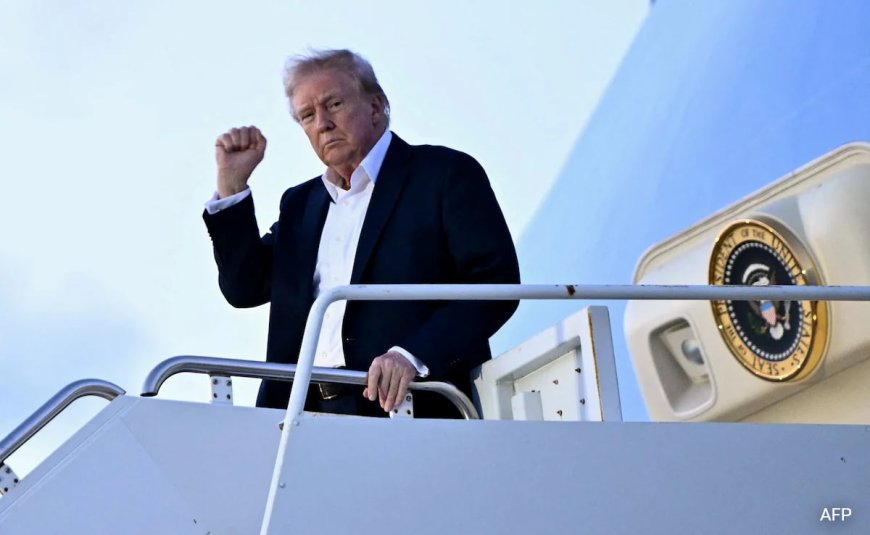Trump Wants US To Stop Changing Clocks For More Daylight. What It Means
US President Donald Trump has once again called for an end to the practice of changing clocks for Daylight Savings Time. He urged Congress to stop shifting time twice a year as it adds an unnecessary financial burden on the country.

Trump Wants US To Stop Changing Clocks For More Daylight: What It Means
In recent news, former President Donald Trump has expressed his desire for the United States to abolish the twice-yearly clock changes, advocating instead for a permanent shift to Daylight Saving Time. This proposal raises important questions about the implications of such a change on various aspects of American life. News by dharmyuddh.com
The Background of Daylight Saving Time
Daylight Saving Time (DST) has been a practice in the United States for over a century, originally implemented during World War I to conserve energy. The clocks spring forward in March and fall back in November, leading to debates about the benefits and drawbacks of this twice-yearly adjustment. Advocates argue that DST provides longer daylight during the evening hours, which can boost retail sales, encourage outdoor activities, and reduce energy consumption. However, critics claim that the disruptions to sleep patterns can lead to health issues, increased accidents, and lower productivity.
What Trump's Proposal Entails
Trump's proposal to stop changing the clocks aims for a more streamlined approach to time management in the U.S. By adopting permanent Daylight Saving Time, proponents believe that people would enjoy more daylight in the evenings year-round. This change could significantly influence several areas such as public health, commerce, and energy usage. If implemented, it would mean no more shifting of clocks, allowing people to adapt more easily to their daily routines.
Potential Benefits of Permanent Daylight Saving Time
One of the key advantages of Trump’s suggested change includes increased daylight during the winter months, which can positively impact mental health and reduce the incidence of Seasonal Affective Disorder (SAD). Furthermore, longer daylight hours can encourage more physical activities and social interactions. Retailers may also benefit from extended shopping hours in the evening. In addition, studies indicate that a fixed daylight schedule could contribute to better road safety as more travelers would be commuting during daylight.
Challenges and Concerns
However, the transition to permanent Daylight Saving Time is not without its challenges. Critics warn that the darker mornings could pose hazards, particularly for schoolchildren and early commuters. There are concerns regarding how this adjustment could affect industries that rely on specific daylight hours. Additionally, there is the question of coordinating time changes with other states and regions, as not all areas in the U.S. observe Daylight Saving Time.
Conclusion
As debates on this topic continue and public opinion shifts, the potential impact of Trump’s proposal to stop changing clocks for more daylight warrants deep consideration. It remains essential to consider the numerous factors that could influence a nationwide change, and the conversations around daylight saving practices highlight a broader dialogue about efficiency, energy consumption, and public well-being. Stay updated with more insights on this topic at dharmyuddh.com.







